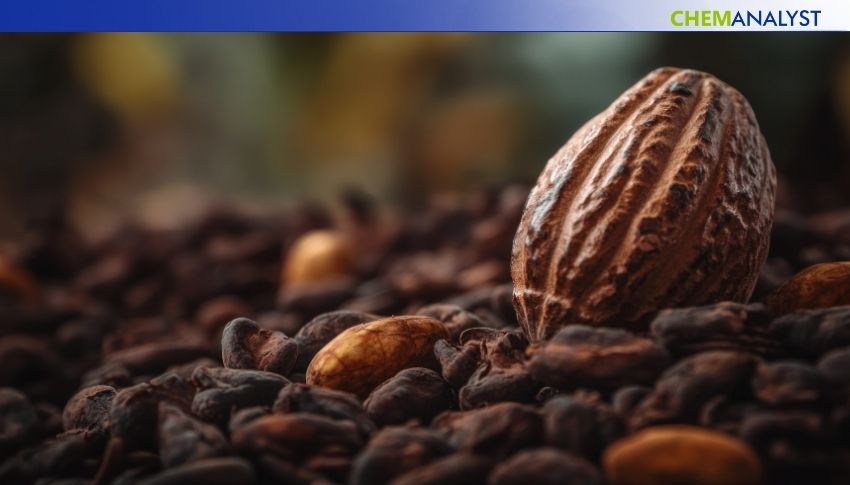Welcome To ChemAnalyst

Favorable weather conditions have raised optimism among West African farmers for cocoa during the mid-crop season, especially in key producing countries like Ivory Coast and Ghana. A mix of sunshine and rain is supporting strong crop development, though concerns remain over diseases such as black pod due to excess moisture. Ivory Coast's port arrivals fell short of expectations, largely due to poor bean quality. ChemAnalyst expects continued market volatility as weather and crop health drive future supply dynamics.
Cocoa prices in West Africa including Ghana and Ivory Coast showed a potential rise as mid-June 2025 commenced. Farmers in West Africa have been feeling cautiously optimistic as the region's crucial mid-crop season has been supported by favorable weather. Particularly in important agricultural zones in Ivory Coast, Ghana, and Cameroon, a combination of sunshine and rain has promoted robust development in cocoa farming.
Midway through June 2025, Ivory Coast which is the world’s leading cocoa producer saw prices for the important export crop increase by 3%. This rise is a result of better mid-crop season conditions from April to September. According to farmers, the soil moisture levels currently are perfect for plant growth, and they anticipate a bountiful harvest due to the steady weather. The nation is currently experiencing its rainy season, which officially lasts from April to mid-November and is frequently marked by intense and prolonged rains. However, there are still worries about possible cocoa crop diseases like a black pod, which grows best in extremely moist environments and could hinder the supply chain values.
As of mid-June, another significant cocoa supplier, Ghana, saw a price increase, continuing its upward trend fueled by strong demand and ideal weather. Rain has increased soil moisture and cocoa crop development, but experts caution that balanced conditions are still necessary. Potential output increases could be outweighed by the danger of deteriorating cocoa bean quality and an increase in disease in the absence of sufficient sunlight.
As per the recent assessment, recent port data from the Ivory Coast showcased low imports. Cocoa arrivals at ports reached 1.540 million metric tons at the end of May, which was less than exporters' estimates of 1.624 million tons for the same time, according to Yves Brahima Kone, managing director of the nation's national regulator. Concerns regarding Cocoa bean quality, which has been noticeably subpar in recent weeks, were reflected in this shortage. Kone said that more cocoa deliveries were turned down last month because of poor quality, not because of low demand, underscoring the difficulties farmers encounter even in the face of great weather.
Concerns regarding post-harvest cocoa processing, disease control, and the long-term viability of current output levels are being raised by the disparity between anticipated and actual arrivals. To prevent more supply shortages, exporters and regulators are urging better access to agricultural inputs, enhanced processing, and more stringent quality control procedures.
ChemAnalyst anticipates that market volatility will continue to exist in the upcoming weeks due to the ongoing influence of crop quality and regional weather patterns on supply dynamics. The company stated that future trends will depend on preserving the ideal ratio of sunshine to rainfall, even though present pricing reflects robust demand and seasonal optimism. Any disturbances, such as protracted rainy weather or disease outbreaks, might affect yields and result in further cocoa price changes around the world.
We use cookies to deliver the best possible experience on our website. To learn more, visit our Privacy Policy. By continuing to use this site or by closing this box, you consent to our use of cookies. More info.
